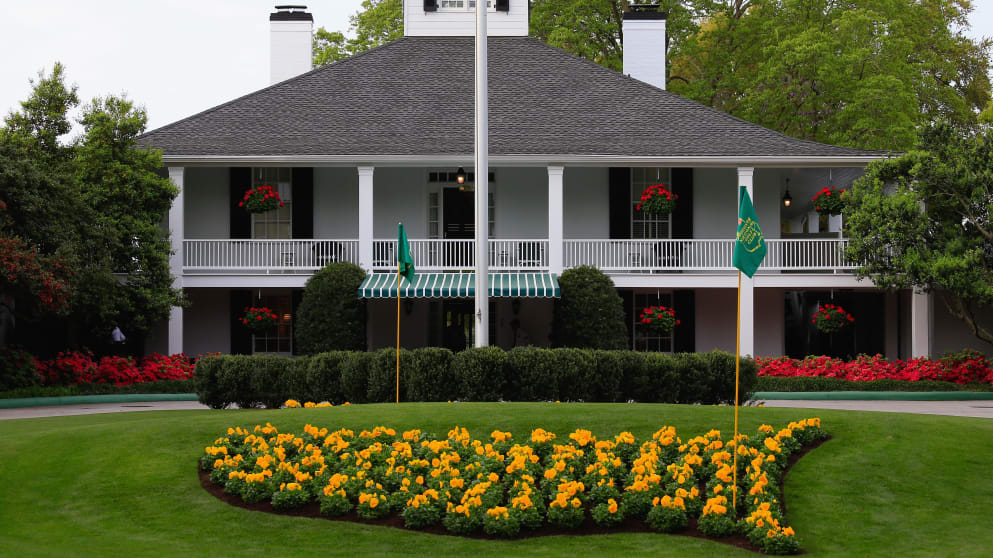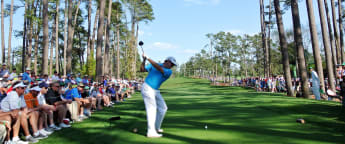By Will Pearson, europeantour.com
at Augusta National
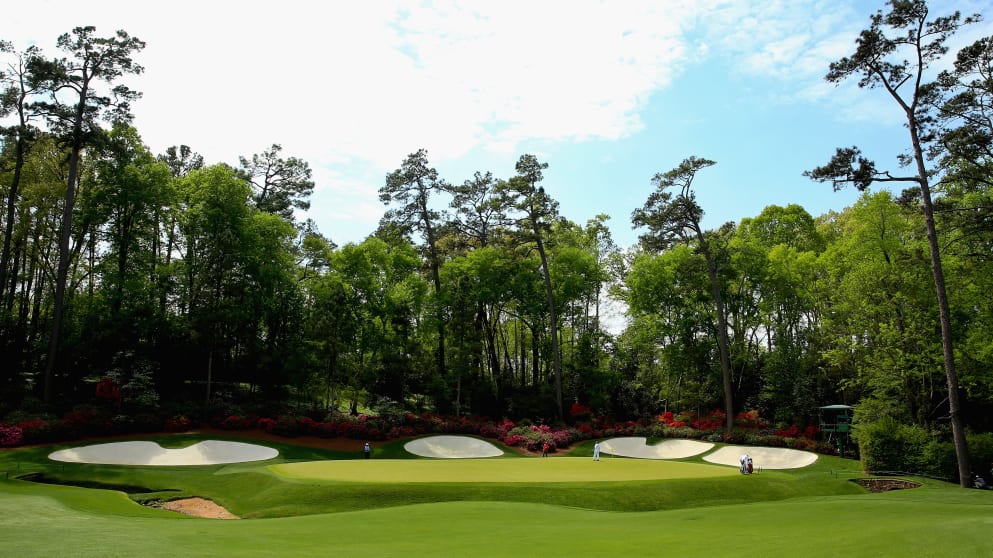
The burning white sand bunkers. The luscious emerald fairways. The prominent yellow pin flags. The fiery pinks of the azaleas and rhododendrons, the browns of the pine straw, the pure watery blues of the numerous ponds and creeks, the distinctive green of that jacket.
Augusta National Golf Club, and the Masters Tournament, is a positive feast of colours.
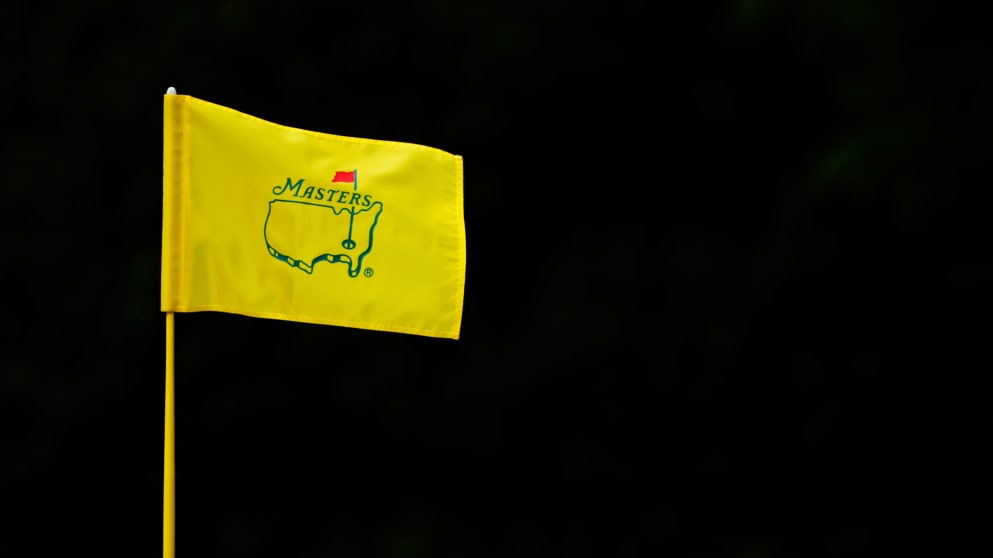
The inimitable, immovable, iconic venue, ever-present hosts of the Masters since the event’s inception in 1934, has colour running through its veins – a heritage hewn from and sewn into the very fabric of the Georgian land on which the club was built.
Two hundred years ago, long before Bobby Jones and Clifford Roberts bought the land for $70,000 in 1931, the site was an indigo plantation.
In 1857, a Belgian Baron named Louis Mathieu Eduoard Berckmans, a horticulturalist by hobby, and his son, Prosper Julius Alphonse, an agronomist by profession, bought the old plantation and established ‘Fruitland Nurseries’, importing exotic foreign plants and flowers with which to endow their business.
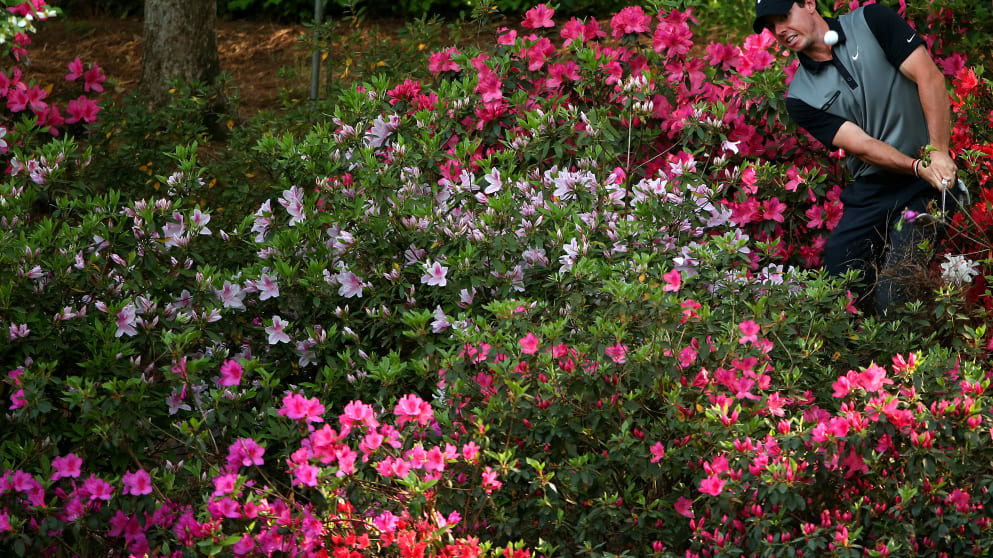
Following Prosper’s death in 1910 the nursery ceased operations by the time its charter expired in 1918, but the great variety of flowering plants and trees, including a long row of magnolias – planted before the Civil War – remained on the property.
Bobby Jones, who retired from championship golf in 1930 after a glittering career as an amateur, had always retained ambitions of building a golf course and when Thomas Barrett Junior, a mutual friend of both Jones and Roberts, recommended the Augusta site the pair were instantaneously impressed.
“I shall never forget my first visit to the property,” Jones later wrote in Golf Is My Game. “The long lane of magnolias through which we approached was beautiful. The old manor house with its cupola and walls of masonry two feet thick was charming. The rare trees and shrubs of the old nursery were enchanting.
“But when I walked out on the grass terrace under the big trees behind the house and looked down over the property, the experience was unforgettable.
It seemed that this land had been lying here for years just waiting for someone to lay a golf course upon it.
Bobby Jones
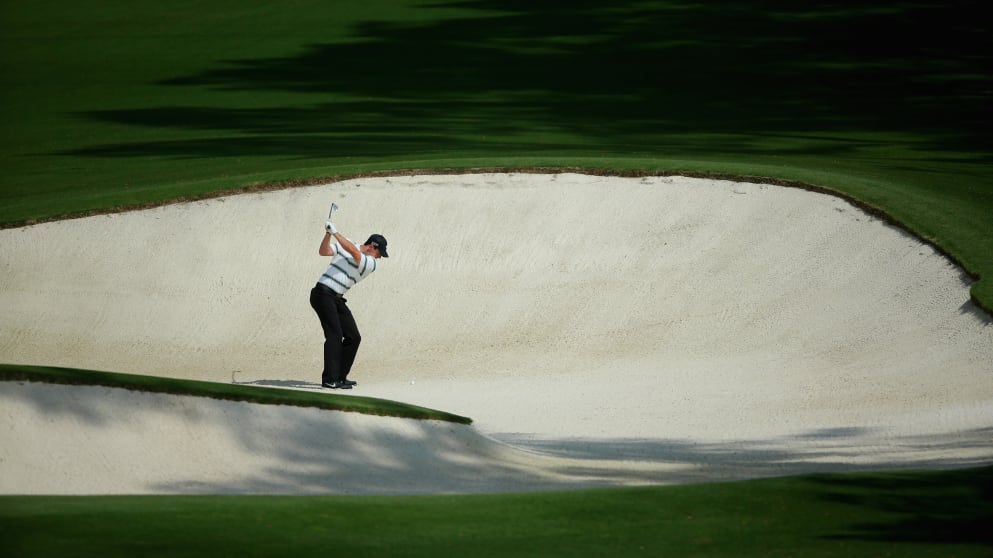
Highly regarded for his sensitive treatment of natural features, a characteristic the land had in profusion, famed British golf architect Alister MacKenzie was commissioned to design the layout and the course was opened in December 1932.
The evidence of the Berckmans’ purchases is still abundant throughout the famous course today, most notably in the grand variety of azaleas and dogwoods, rhododendrons and pines that line Augusta’s renowned grounds. The land’s history imbues the very names of the holes themselves, each giving reference to the predominant shrub or tree that adorns it, from Tea Olive to Golden Bell to Holly.
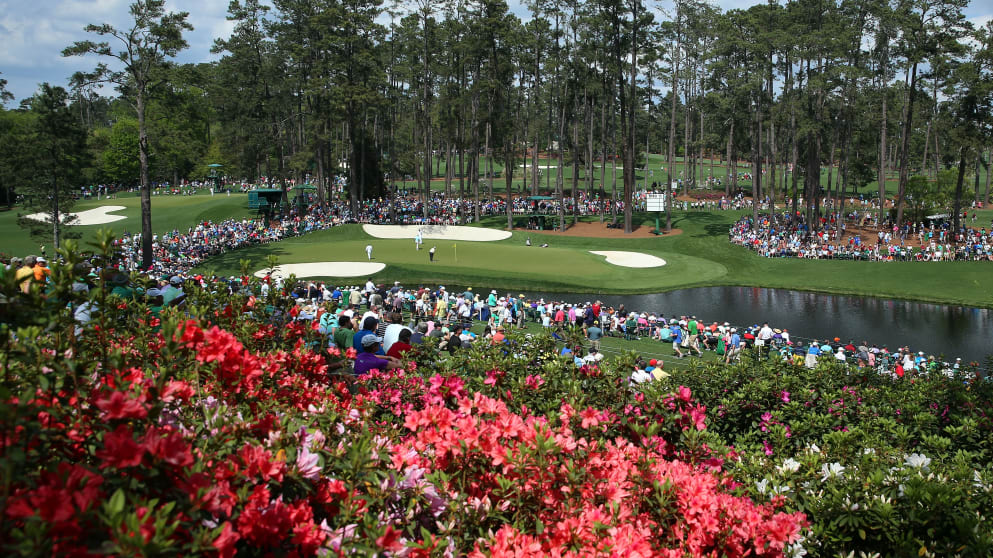
The 365-acre site has in excess of 80,000 plants, from more than 350 varieties, including 30-something varieties of azaleas in a range of vibrant hues.
The club’s renowned entrance, 330 yards or a Rory McIlroy drive in length, is flanked on both sides by a vista of magnificent magnolia trees reputed to be more than 160 years old – as is the large live oak at the back of the clubhouse which has served as a traditional meeting place for patrons, players and media alike for as long as can be remembered.
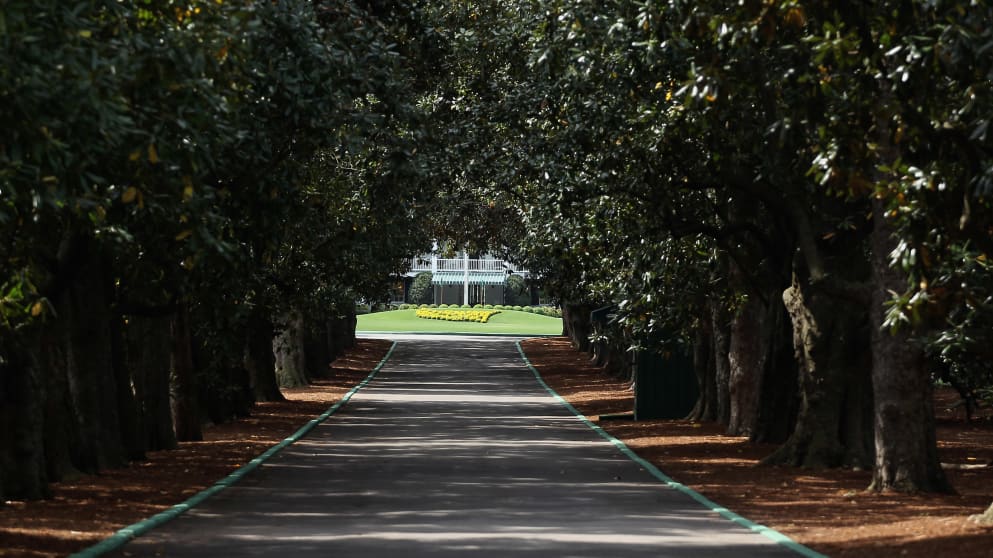
While the wisteria vine that runs down the aphananthe tree next to the clubhouse is believed to be one of the first and largest of its kind in the United States, out on the famous course white and pink dogwood, yellow Lady Banks’ Roses, native honeysuckle and countless others assortments of shrubbery nestle amongst plentiful pines – some of which tower above 75 feet.
The place is a botanist’s heaven.
Course features that have over the years been bestowed with evocative titles seem to bequeath further prestige into Augusta National’s aura, from the testing triumvirate of Amen Corner, to the three bridges named after a trio of late, great Masters Champions in Ben Hogan, Byron Nelson and Gene Sarazen, to Ike’s Pond.
Rae’s Creek, a stretch of water that has imbibed many a wayward ball during Augusta’s rich 80-year history, flows at the back of the 11th green and runs in front of the 12th green and 13th tee and was named after John Rae, who died in 1739. Rae’s house was the farthest fortress up the Savannah River from Fort Augusta, a safe house that was used during Indian attacks when the fort was out of reach.
More than 80 years have passed since Jones and Roberts bought the nursery which would become one of the greatest golf courses in the world yet Augusta National remains the most vivid, the most stimulating of sets.
A special place for a special tournament, a stage on which to shine against the most brilliant, radiant backdrop, and the opportunity to stain one’s name onto the pages of sporting history in indelible, Georgian indigo.
